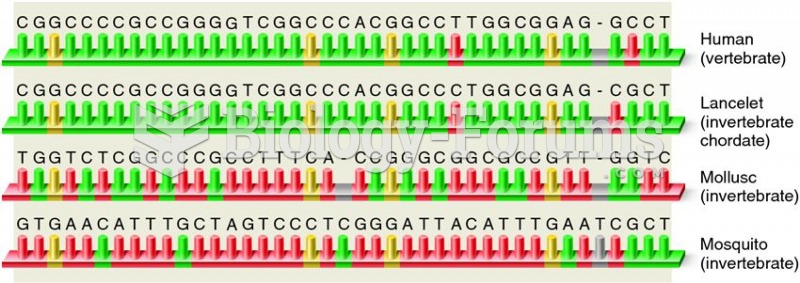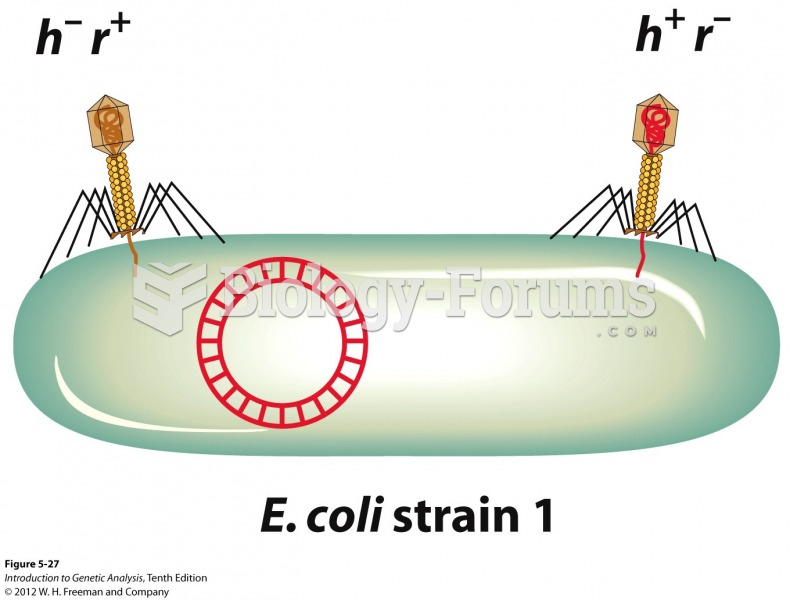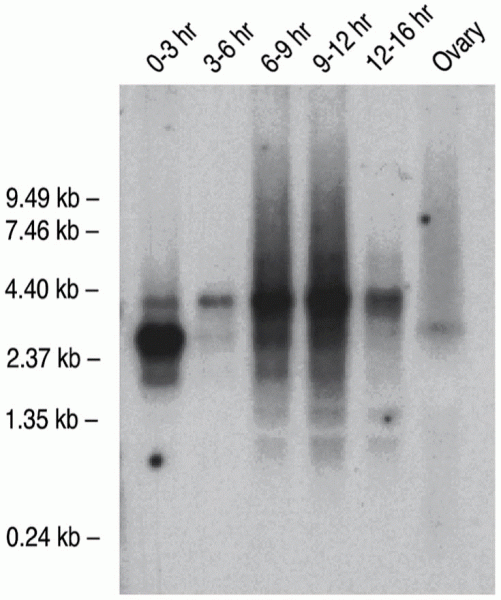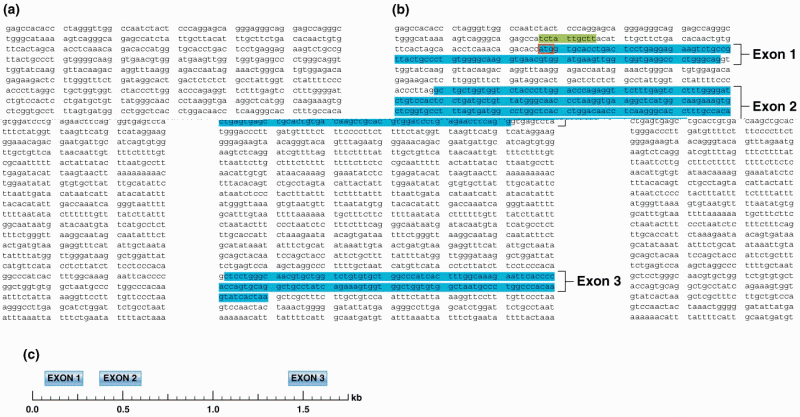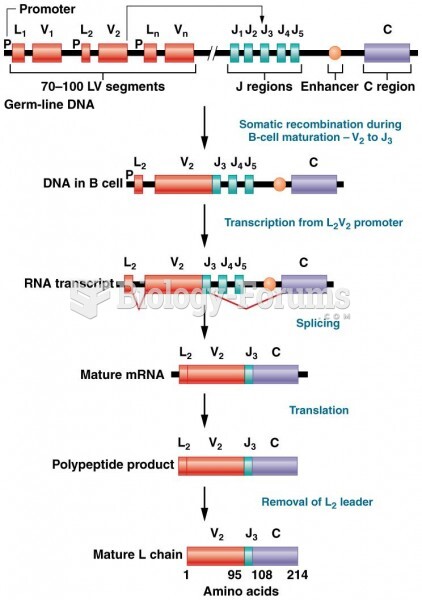Answer to Question 1
Answer: B
Explanation: A) Incorrect. Differences are observable, and can help us understand potential sources of misunderstanding. Distinctions are things that we create to form social barriers. This is actually an example of creating a distinction: a social barrier based on Gene's background.
B) Correct. A distinction is more than just being aware of a difference. It is creating a barrier between groups of people based on generalized (and usually unwarranted) assumptions. In this case, George creates a social barrier around people of Gene's background.
C) Incorrect. The social barrier does not exist until George creates it. This is actually an example of creating a distinctiona social barrier around people of Gene's background.
D) Incorrect. This is actually an example of creating a distinctiona social barrier around Gene's background.
Answer to Question 2
Answer: D
Explanation: A) Incorrect. This may be true of creative individuals, but it is untrue of those for whom creativity is a challenge. This is because people have a tendency to exclude others who seem different and are most likely to interact with co-workers who are similar to them.
B) Incorrect. People actually have a tendency to exclude others who seem different and are most likely to interact with co-workers who are similar to them. People are less likely to interact with co-workers who have diverse social values.
C) Incorrect. People actually have a tendency to exclude others who seem different and are most likely to interact with co-workers who are similar to them. People are less likely to interact with co-workers who have diverse self-awareness traits.
D) Correct. This occurs because we tend to be more comfortable around people with similar backgrounds, experiences, and opinions. However, this tendency reduces creativity and complex problem-solving ability.


